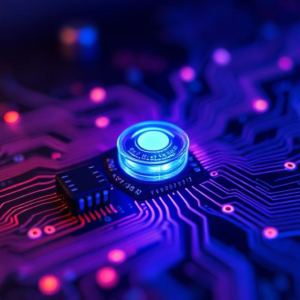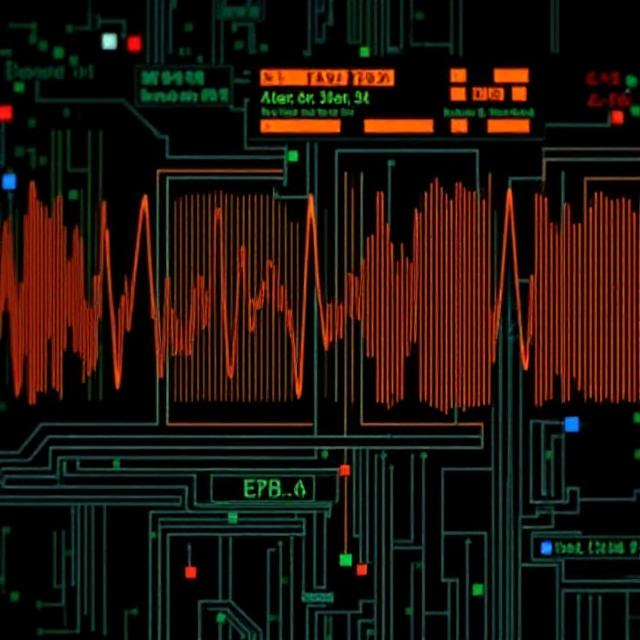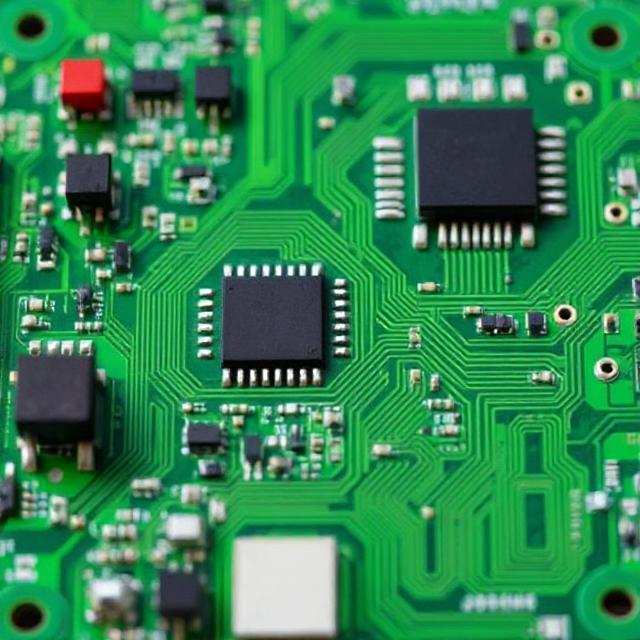Piezoelectric devices are special types of devices that use the piezoelectric effect to convert mechanical energy (like pressure or vibration) into electrical energy, or vice versa. This is useful in many applications, from sensors to speakers. Here’s an easy explanation:

1. What is the Piezoelectric Effect?
The piezoelectric effect occurs when certain materials generate an electric charge in response to mechanical stress. In simple terms:
- Mechanical stress could be something like pressing, squeezing, or bending a material.
- Electric charge is generated as a result of that pressure.
This effect works in both directions:
- Direct piezoelectric effect: When you apply pressure to a piezoelectric material, it generates an electrical charge.
- Reverse piezoelectric effect: When you apply an electrical charge to a piezoelectric material, it changes shape (it deforms or vibrates).
2. How Do Piezoelectric Devices Work?
Piezoelectric devices use materials like quartz or specific crystals (like lead zirconate titanate, or PZT) that exhibit the piezoelectric effect. When these materials are squeezed or stressed, they produce a small electrical charge. This charge can then be measured or used to power a circuit. Conversely, when an electric charge is applied, the material will deform slightly.
3. Types of Piezoelectric Devices:
There are many different types of devices that use the piezoelectric effect. Here are a few common examples:
A. Sensors (Pressure Sensors):
- How they work: Piezoelectric sensors can detect changes in pressure or force. For example, in an airbag system, the sensor detects the impact (force) when a car crashes, triggering the airbag to inflate.
- Example: A piezoelectric pressure sensor in your phone can measure the force when you tap the screen and help determine how hard you’re pressing.
B. Actuators:
- How they work: Piezoelectric actuators use electricity to make a material change shape. These actuators are used to make small, precise movements.
- Example: In inkjet printers, piezoelectric actuators can push tiny droplets of ink onto paper with extreme precision.
C. Ultrasonic Transducers:
- How they work: Ultrasonic transducers use piezoelectric materials to send and receive sound waves that are too high-pitched for humans to hear. These devices are used in medical ultrasound scans and sonar systems.
- Example: In ultrasound machines, piezoelectric devices generate high-frequency sound waves and then listen for the reflection of those waves to create an image of the inside of the body.
D. Speakers and Microphones:
- How they work: Piezoelectric materials can be used to turn electrical signals into sound (in speakers) or turn sound into electrical signals (in microphones).
- Example: Some small speakers use piezoelectric elements to produce sound, and certain microphones use piezoelectric elements to pick up sound vibrations.
4. Why Are Piezoelectric Devices Useful?
Piezoelectric devices have several unique advantages:
- Precision: They can measure very small changes in pressure or movement, which makes them great for sensors that need to detect tiny forces.
- No Power Needed for Sensing: In pressure sensing applications, piezoelectric sensors don’t require external power sources to generate the electrical signal, which can make them more efficient.
- Compact: Many piezoelectric devices are small and lightweight, making them ideal for portable and miniaturized devices like cell phones, wearables, and medical equipment.
- Durability: Piezoelectric materials are often very durable and can withstand harsh conditions like high pressure or extreme temperatures.
5. Examples of Piezoelectric Devices in Everyday Life:
- Lighters: Many disposable lighters use a small piezoelectric device to create a spark when you press the button, igniting the gas.
- Buzzer Alarms: Some alarm systems use piezoelectric materials to create sound alerts.
- Musical Instruments: In some instruments, like electric violins or microphones, piezoelectric sensors can capture vibrations and convert them into electrical signals.
6. Challenges and Limitations:
While piezoelectric devices are useful, there are a few challenges:
- Limited Power Output: The amount of electricity generated by a piezoelectric device is usually small, so they are not typically used for powering large devices.
- Temperature Sensitivity: Some piezoelectric materials are sensitive to temperature changes, which can affect their performance.
- Fragility: Some piezoelectric materials can be brittle and might break under certain conditions.
Conclusion:
Piezoelectric devices are special tools that convert mechanical energy into electrical energy (or vice versa) using the piezoelectric effect. They are used in a wide range of applications, from sensors and actuators to speakers and medical devices, thanks to their precision, compact size, and efficiency. Whether detecting pressure, generating sound, or making tiny movements, piezoelectric devices play an important role in modern technology.











